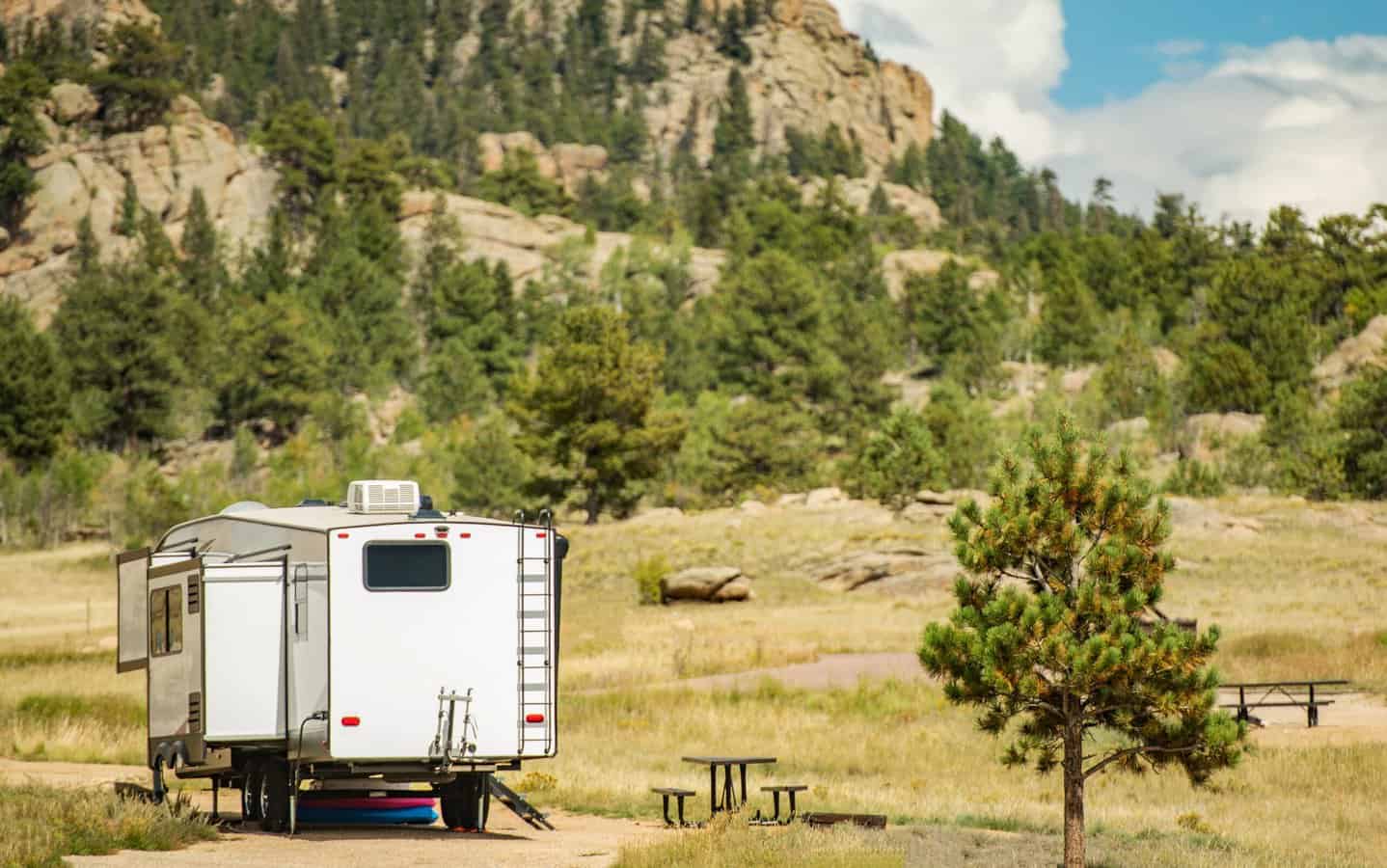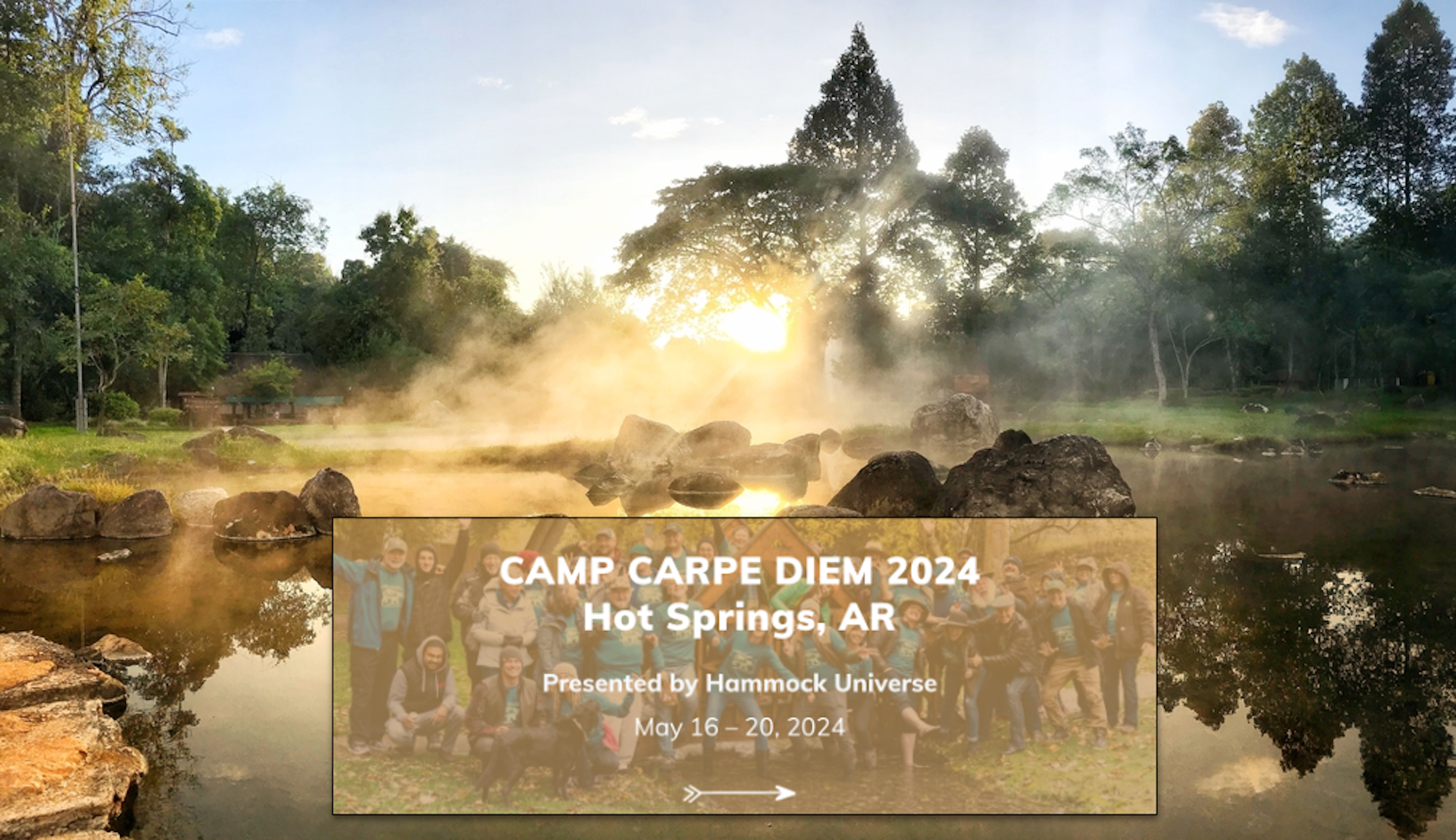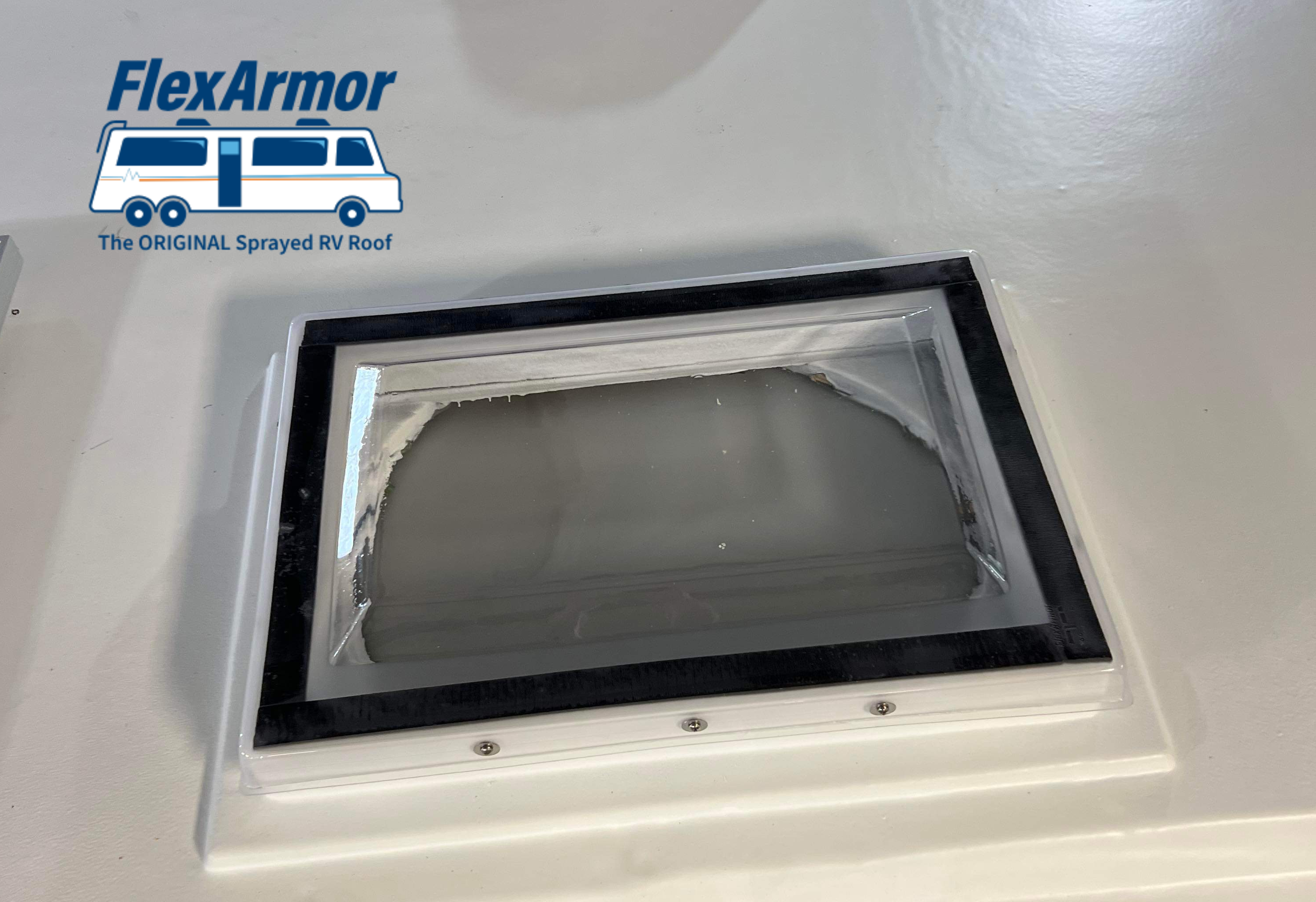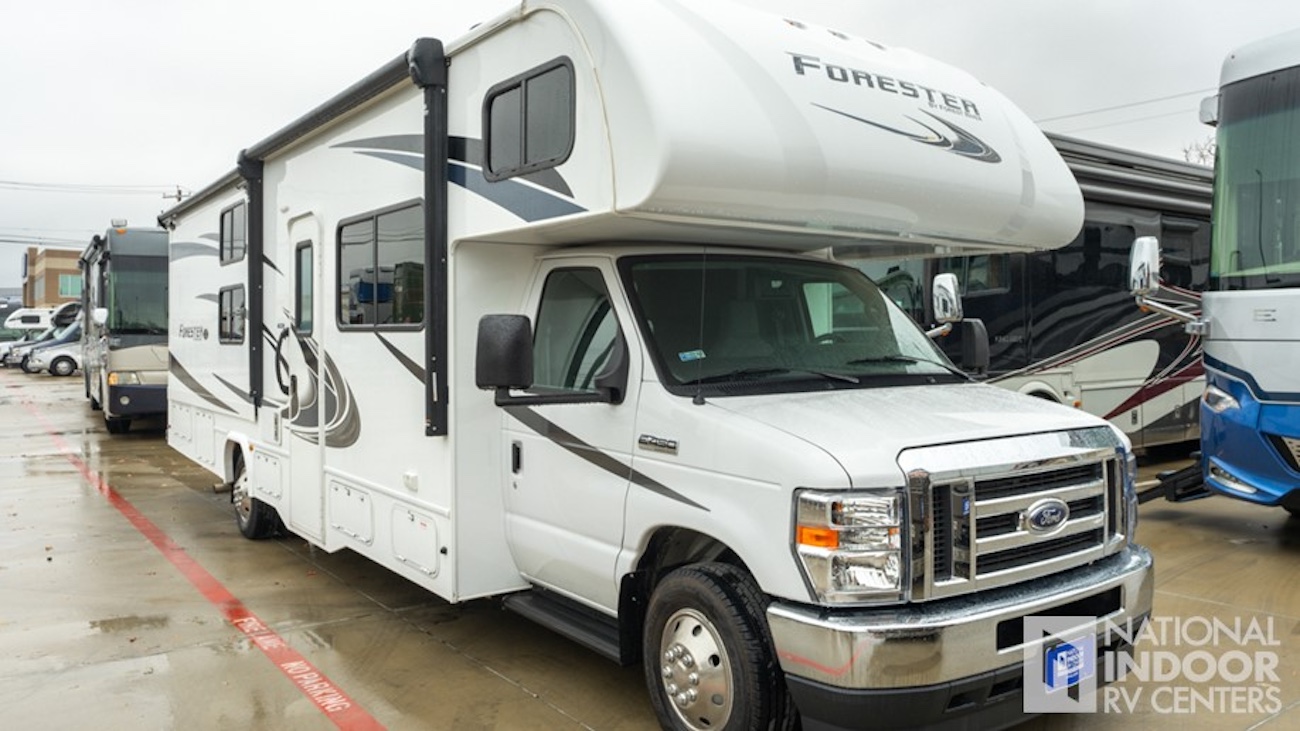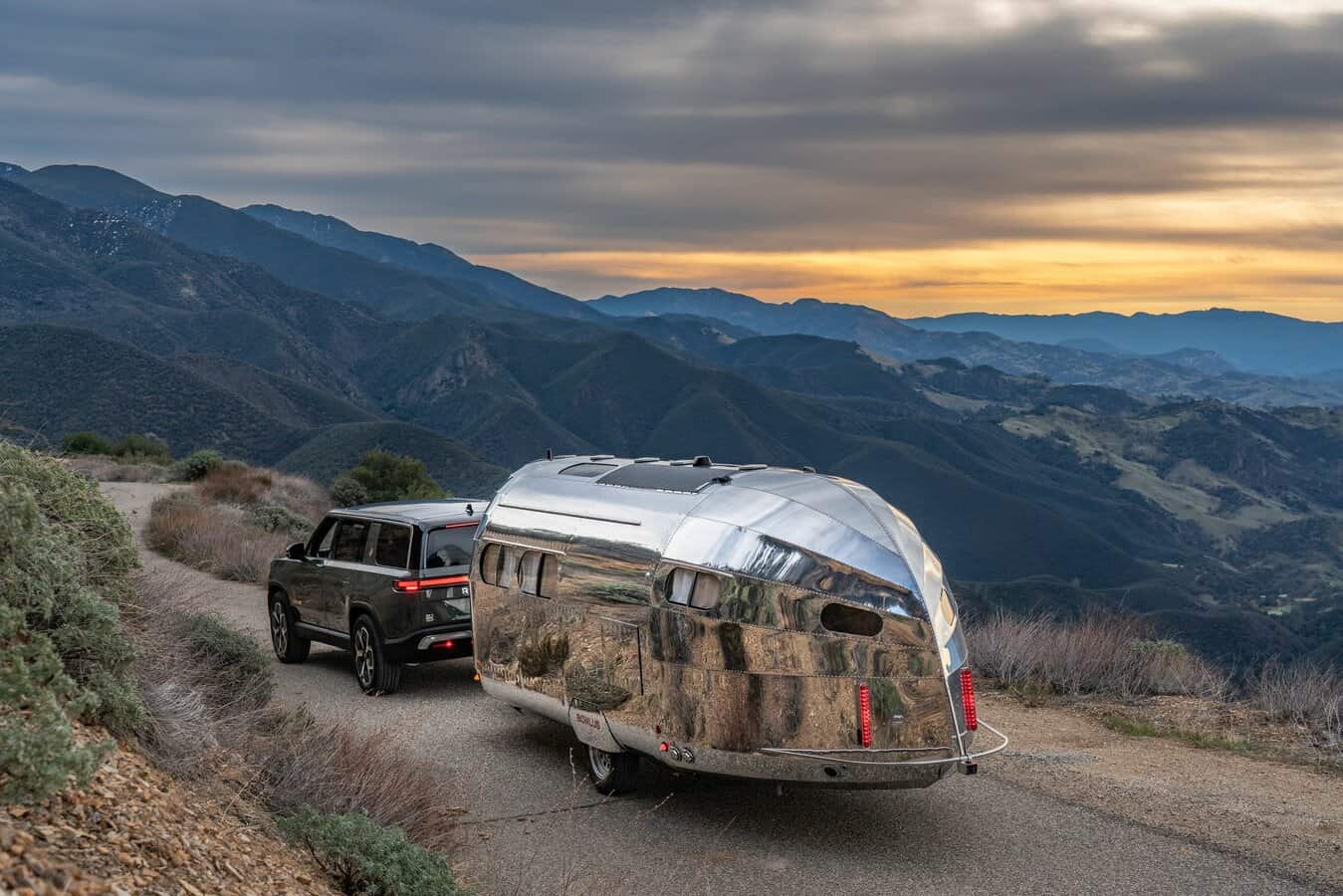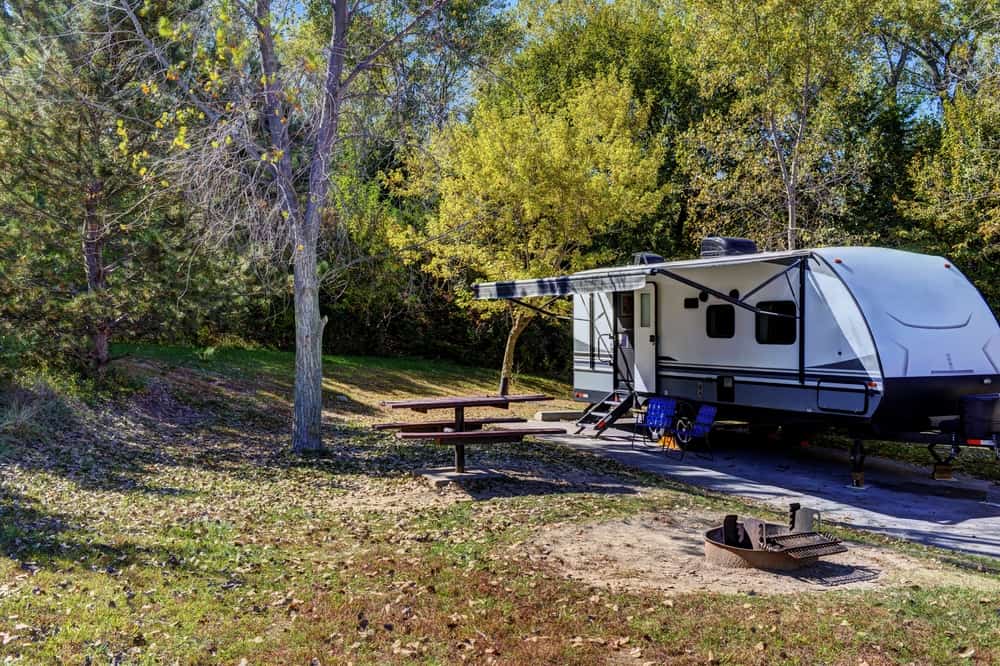
Make The Most Of State Park Camping With These Tips
The allure of RVing in state parks is undeniable. The blend of open roads, serene landscapes, and the inviting ambiance of state parks offers a unique and deeply fulfilling experience. Whether you’re an experienced RVer or just starting on this exciting path, these carefully crafted tips will help you harness the full joy of state park camping.
Deep dive into park regulations
Each state park has a unique framework of rules and regulations to maintain a balanced and harmonious coexistence of humans and nature. These can cover a wide spectrum of areas including RV size limitations, generator usage, fishing, gun laws, cannabis, and pets.
A good grasp of these guidelines before setting off on your adventure ensures a smooth and hassle-free experience. It’s best not to assume you know them already. Some rules, such as not bringing in your own firewood, catch many RVers off guard.
Secure your preferred spot & book early
State park camping is a popular choice for many outdoor enthusiasts, which means spots can fill up rapidly, especially during peak season. To guarantee your ideal spot, we advise making reservations as early as possible. Part of that process should involve utilizing site maps provided by the park to identify not only campgrounds that are suitable, but specific sites as well.
Use the site map in conjunction with satellite imagery (such as Google or RV LIFE Trip Wizard) to narrow down an RV site you will enjoy, but equally important, one your RV will fit in. If all your favorite spots are booked, sign up with a notification service like Camp Scanner to alert you when an RV site opens up at your favorite state park.
Be aware of limited connectivity
Most state parks, being nestled in remote locations, offer limited cell reception and Wi-Fi. While this can seem challenging, it’s also an opportunity to disconnect and immerse yourself in the natural surroundings. Before setting off, download necessary maps, campground information, and offline entertainment to ensure a comfortable stay. You’ll want to be realistic about this limitation.
Don’t assume connectivity will “probably be fine”, because it may not. You can usually find great feedback on connectivity at RV LIFE Campgrounds. The Connectivity window at RV LIFE Campgrounds offers a color scale for all popular connectivity options, including Starlink.

Respect the environment
State parks are rich, protected reserves of biodiversity and natural beauty. As visitors, it’s our responsibility to safeguard these natural treasures by following the Leave No Trace principles. Proper disposal of waste, respectful interaction with wildlife, and leaving nature untouched are crucial ways of contributing to the preservation of these pristine habitats.
Respecting the environment when RVing in state parks is a choice. It means choosing to clean up properly, choosing to be diligent, and even choosing to chase that paper plate that blew off the table on a windy day.
The luxury of unlimited power often eludes RVers in state parks, as many parks only provide 30-amp service. This can present challenges when trying to run air conditioners along with other appliances. Thankfully, ingenious solutions like SoftStartRV are available.
SoftStartRV is a pioneering device that reduces your RV air conditioner’s startup power demand, enabling it to operate seamlessly on limited power supplies. Discover more about this innovative solution at SoftStartRV.
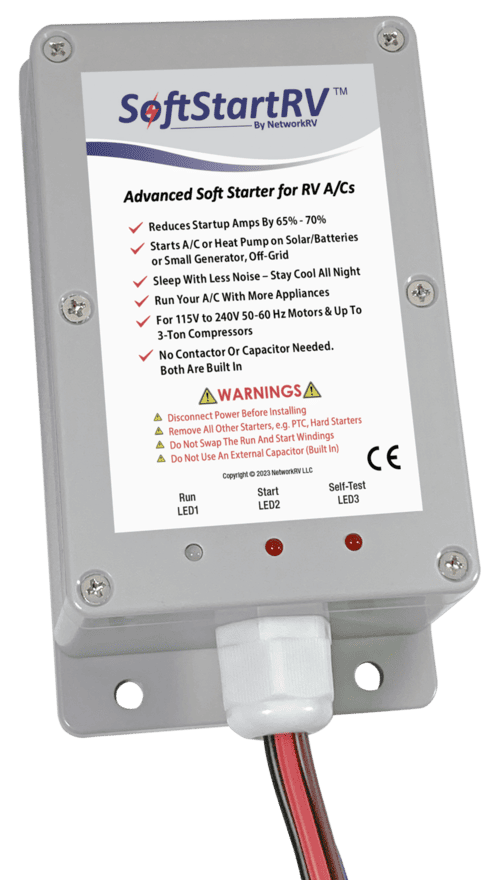
Be prepared for the weather
State parks, with their diverse geographical settings, often present variable weather conditions. Prior to embarking on your RV adventure, check the local weather forecast and prepare accordingly to ensure a comfortable and safe trip.
Having a weather radio dedicated solely for your RV so that it is available at all times is a smart choice. Some park maps will mention the county where the park is located for this very reason, as bad weather is usually reported by the county. If you aren’t sure what county you are in, find out! It’s that important.
Know your limits
Knowing your limits when RVing in state parks is a rather broad statement that can be broken down into many different disciplines. Let’s explore them.
Power limit
We’ve already talked about power a little here, but let’s dive in deeper. If you are a big rig owner running on 30 amps, your air conditioning capacity may be limited, which could be a factor in warmer weather.
You should practice running on 30 amps before you plan on RVing in state parks by utilizing a dogbone to understand exactly how you would be affected by this limitation. Pay attention to the site you book and the temperature at the time you plan to camp and know your limits!
That’s not all. RVers with induction cooktops may need to run a generator to use the cooktop and cook a meal. You’ll need to be cognizant of any generator restrictions in place when RVing in state parks. Don’t assume you can throw down some logs and make a campfire to cook your meal either. Some parks may have a burn ban in place during a very dry season.
Tank limit
Many state parks do not have full hookups. When RVing in state parks, you will usually have power and water, but no sewer. Therefore, you will need to go to a dump station. Whether you drive your RV there or use a dump caddy (tote tank, honey wagon, etc.), you will need to know this before you go. If you do not use a rolling dump caddy, how long can you go before you need to take the RV to the dump station?
If you use a tote tank of some kind, how far is it to the dump station? Do you know where it is and how you will get it there? Most of the time, you can attach it to your vehicle’s trailer hitch and pull it slowly. This begs the question for RVers who pull a car behind their motorhome…does your toad have a trailer hitch?
Size and space when RVing in state parks
We alluded to it earlier, but knowing how big the site is, not only for the RV but for your vehicle as well, is very important. Here again, a satellite view is critical. If the specs for the site say it’s 40 feet, and you have a 36-foot RV, it sounds perfect, as long as you have a 4-foot long truck or tow vehicle!
You simply want to be certain of some of these details when RVing in state parks. When in doubt, look at reviews for the state park on a trusted campground review website.
Supply limit
Know the limit of your groceries and other supplies before you embark on state park camping. The remoteness of state parks often means that supplies aren’t just down the road. You may spend an hour or more of your valuable time just getting somewhere that has what you need. Campers must also be aware of the park rules regarding late entry, if it’s even allowed.
You don’t want to head off for a late night snack only to come back and find the gate closed. There is usually a number to call to get the camp hosts to let you in, but how much of your ice cream has melted by then?
Start planning your next trip
Undertaking an RV adventure to a state park is an extraordinary experience. By implementing these tips, adhering to park rules, and embracing responsible outdoor practices, you can create unforgettable memories.
Remember, the key to state park camping lies in thorough planning and preparedness. Here’s to your next exciting RV journey!
For all of your camping and trip planning needs, look no further than RV LIFE Campgrounds and RV LIFE Trip Wizard. Campground Reviews is a trusted source of campground and RV park reviews offered by camping and RV enthusiasts just like you. With its accompanying RV LIFE App, RV Trip Wizard gets you to your camping destinations utilizing RV-friendly routes specific to your RV and travel preferences.
Been to a campground lately? Don’t forget to leave a review! Reviews help other RVers like yourself, and they help the campground. Leave a campground review today!
The post State Park Camping: Are You Getting The Most Out Of Your Trip? appeared first on Camper Report.


